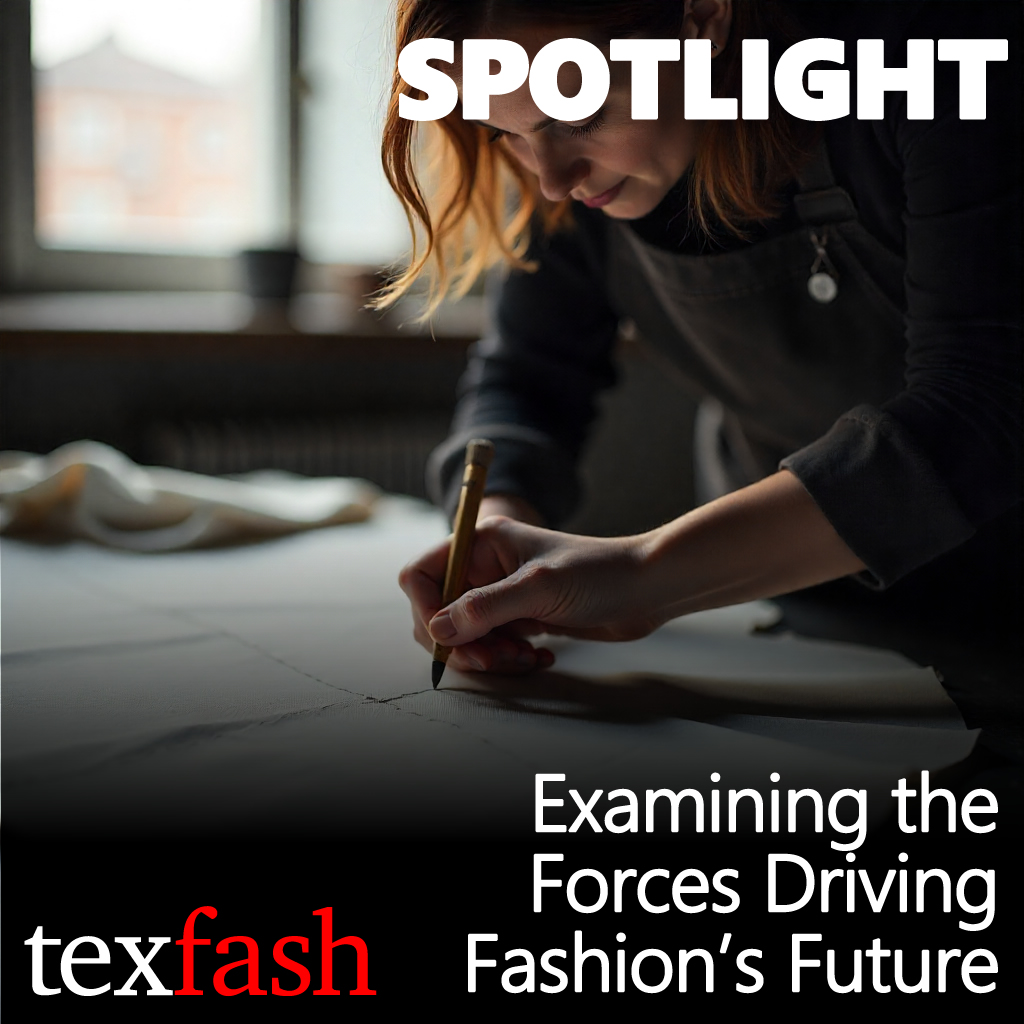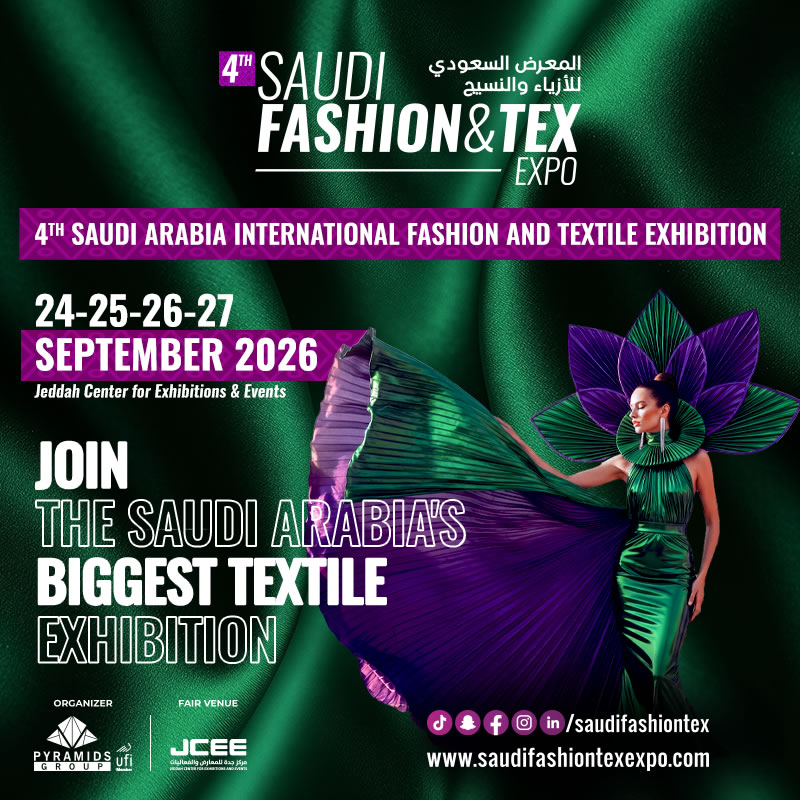texfash: Saudi Arabia is not historically seen as a textile or fashion hub. What motivated the launch of the Saudi Fashiontex Expo, and how do you see it reshaping perceptions of the Kingdom’s role in the global textile and apparel trade?
Filiz Karakul: Saudi Arabia may not have been historically recognized as a textile or fashion hub, but the Kingdom is rapidly redefining its industrial and creative landscape. The launch of the Saudi Fashiontex Expo was motivated by a clear vision — to position Saudi Arabia as a new meeting point for fashion, textiles, and technology in the MEA region. By hosting an international-scale event in Jeddah, we are showcasing the Kingdom’s readiness to engage with global trade networks, attract foreign investment, and promote the creative economy.
The success of our 2025 edition, which welcomed over 10,000 visitors and 550 exhibitors from 25 countries — including Saudi Arabia, Türkiye, Egypt, India, China, the USA, Italy, Japan, the UAE, Morocco, Poland, Switzerland, Syria, France, Pakistan, the UK, Indonesia, Bangladesh, Spain, Hong Kong, Thailand, Germany, Tunisia, Malaysia, and Jordan — has already begun to reshape perceptions of Saudi Arabia’s role in the textile and apparel trade. This global participation underscores the Expo’s role as a bridge connecting East and West, fostering cross-border collaboration and innovation in the fashion and textile sectors.
The Expo positions itself at the intersection of textiles, fashion, and technology. Where do you think Saudi Arabia’s competitive strengths lie — is it in sourcing, manufacturing, design, or serving as a regional trading hub?
Filiz Karakul: Saudi Arabia’s greatest competitive strength lies in its strategic location and infrastructure — serving as a regional trading and logistics hub connecting Asia,
Africa, and Europe. At the same time, local investment in advanced manufacturing zones and sustainable industrial parks is opening opportunities for high-tech textile production. We also see growing potential in design and creative sectors, with a new generation of Saudi designers and entrepreneurs emerging. Saudi Fashiontex Expo bridges these elements, creating synergy between sourcing, innovation, and market access.
The Kingdom is investing heavily in diversifying away from oil. How realistically can textiles and apparel contribute to Vision 2030’s goals, both in terms of industrial development and cultural influence?
Filiz Karakul: Textiles and apparel align closely with the ambitions of Vision 2030, serving as a key pillar of Saudi Arabia’s strategy to diversify its economy beyond oil. The Saudi Fashiontex Expo plays a pivotal role in this transformation by driving industrial development, job creation, and cultural expression within the Kingdom’s growing fashion and textile sector.
Beyond contributing to economic diversification, the industry acts as a powerful medium for showcasing Saudi creativity and craftsmanship on the global stage, reinforcing the Vision’s goal of nurturing a vibrant society with a confident cultural identity. Far from being a peripheral activity, fashion and textiles are emerging as a core enabler of Saudi Arabia’s evolving creative economy, bridging industry, innovation, and culture under one unified vision.























